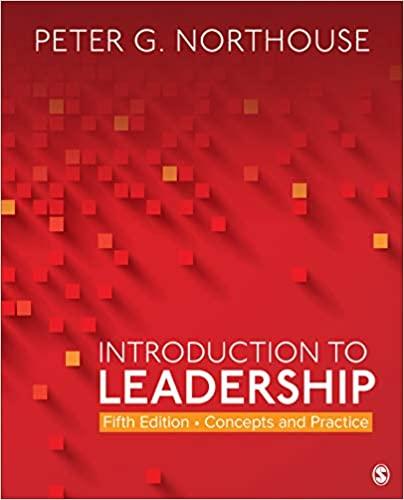Answered step by step
Verified Expert Solution
Question
1 Approved Answer
Please write the first part which is News Article Analysis for me. Thank you. Link of the article: https://phys.orgews/2023-03-framework-honest-behavior.html Instructions You will hand-in two individual
Please write the first part which is News Article Analysis for me. Thank you. Link of the article: https://phys.orgews/2023-03-framework-honest-behavior.html






Step by Step Solution
There are 3 Steps involved in it
Step: 1

Get Instant Access with AI-Powered Solutions
See step-by-step solutions with expert insights and AI powered tools for academic success
Step: 2

Step: 3

Ace Your Homework with AI
Get the answers you need in no time with our AI-driven, step-by-step assistance
Get Started








